FOLLOW: The American Sign Language (ASL) sign for "follow"
Also see: WITH
QUESTION: A student asks:
Is "FOLLOW" a directional sign?
RESPONSE:
First let's define what it means to be a
directional sign.
A "directional" sign is one in which the
direction of the sign is morphemic.
That is fancy-speak for "A sign in which the
direction of the sign has meaning."
Next ask yourself if it is possible for a sign
that is typically not used in a directional manner to be occasionally inflected
in such a way as to use the direction of the sign to add meaning to the sign? If
so, the sign is directional in the sense that it "can" be used directionally
even though it is not commonly thought of as being directional.
I will suggest to you that you think of the sign
FOLLOW not as an individual sign but rather as a member of a related group of
signs: WITH, FOLLOW, BEHIND, AHEAD, CHASE, AVOID, FALL-BEHIND, CATCH-UP, and
COMMUTE.
By changing the direction, speed, movement path,
and/or location of the sign you change the meaning of the sign. Thus the sign is
both directional and locative. (Locative means that the location of the sign has
meaning.)
An example of directionally using the FOLLOW sign
would be for a concept such as: "Sam followed Skyler closely through the
obstacle course."
Taken to an extreme we get signs like:
"ASSOCIATE, interact, socialize" (which is a co-member of the group of signs of
which FOLLOW is a member). We just turn one of the hands upside down and then
circle the hands around each other so as to indicate that at a party or other
social function there is a lot of activity that looks a lot like people
following each other around in circles.
Also, for fun, consider the version of the sign SEPARATE that changes loose curved hands into "A" hands as they separate from each other. An argument could be made that you are using directionality to indicate that two things are doing the opposite of following each other and instead "separating."
FOLLOW:

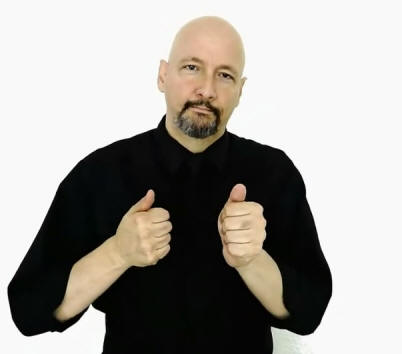
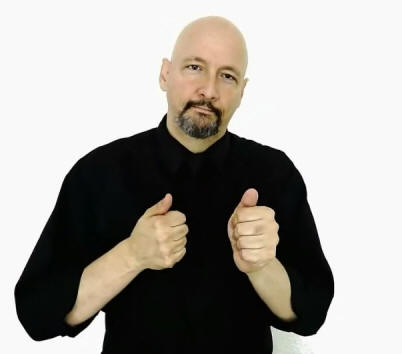
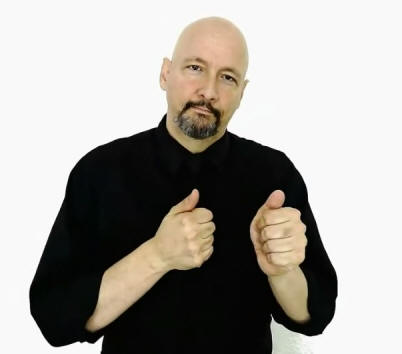
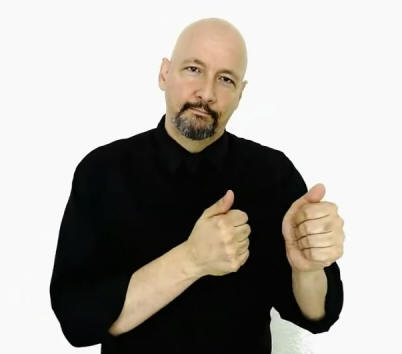
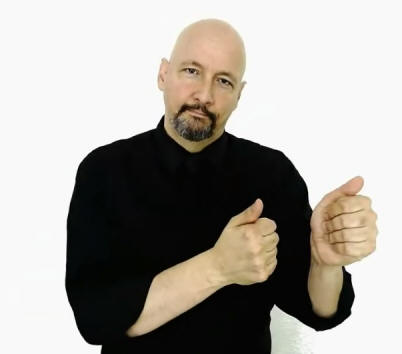
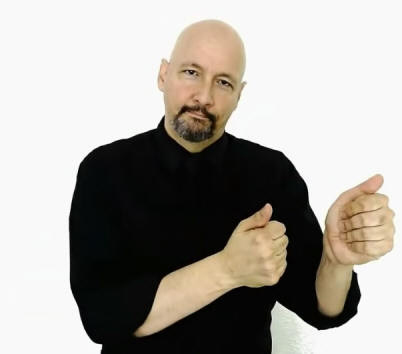

ENFORCEMENT-[REQUIRE + FOLLOW]:
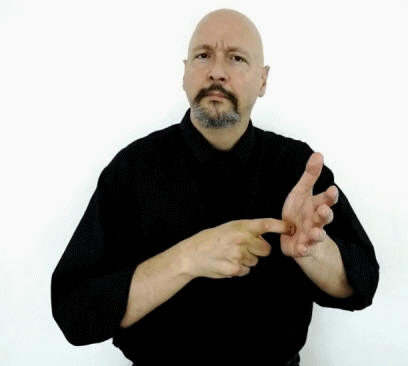
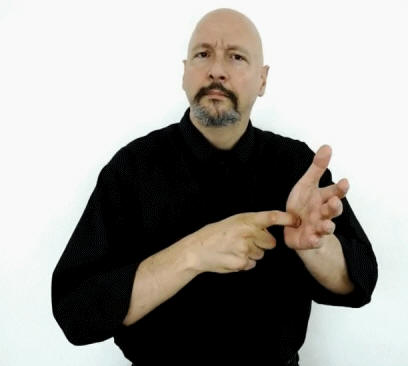
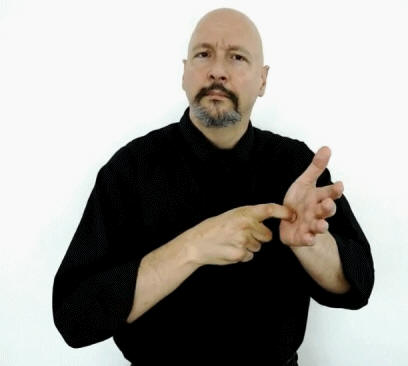
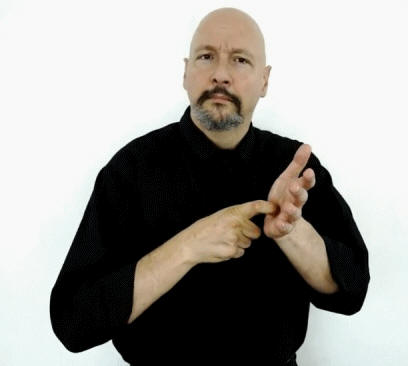
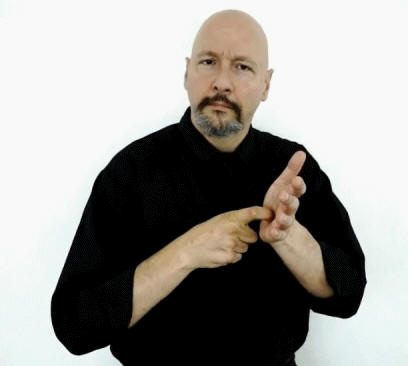
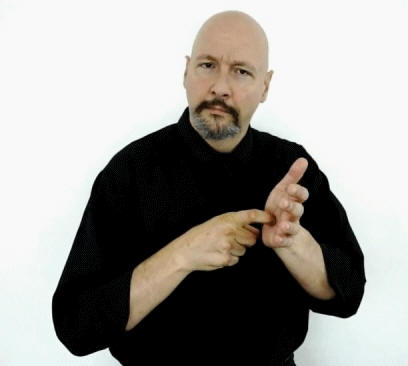
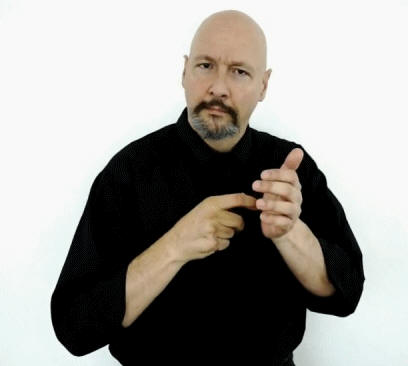
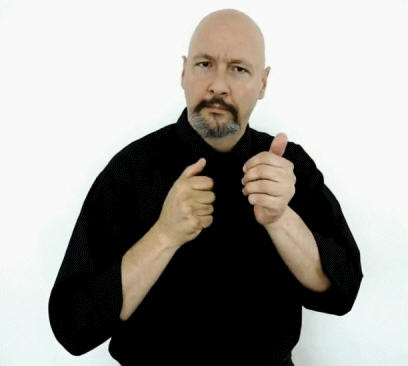





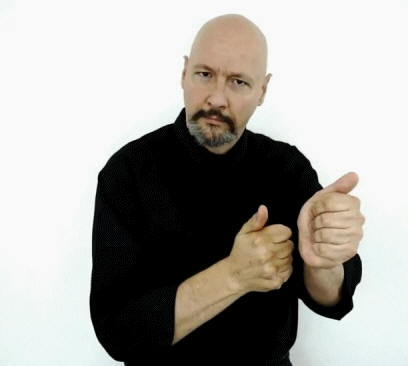
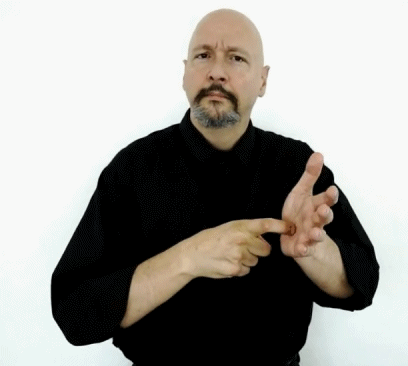
PATROL-[CL: car-FOLLOW-car]:
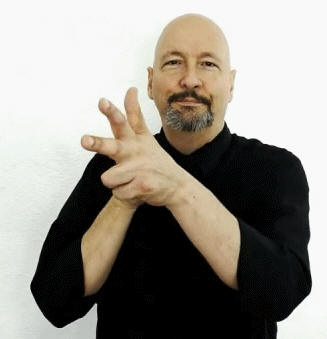
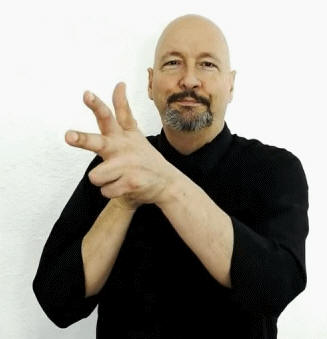
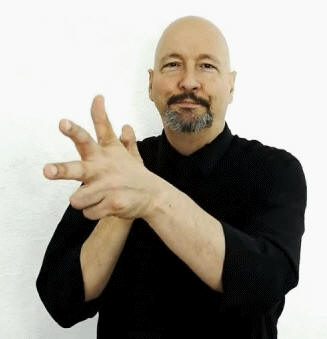
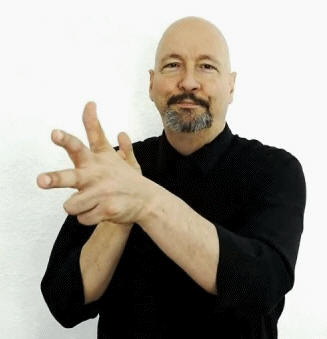
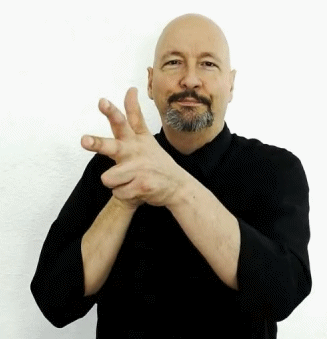
TRACK-eyeballs-[FOLLOW-with-eyes]:
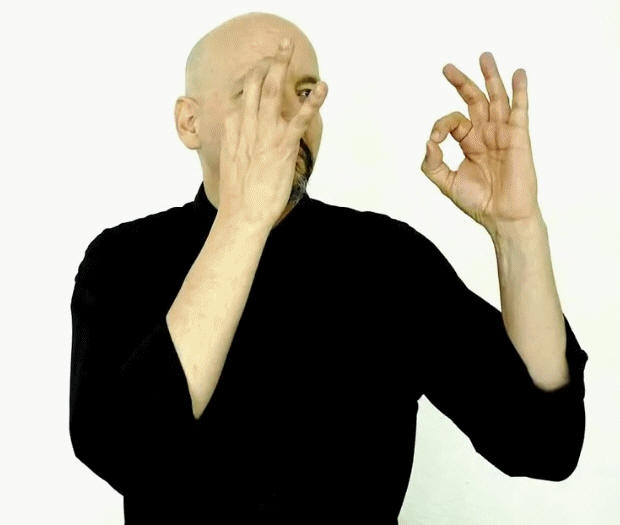
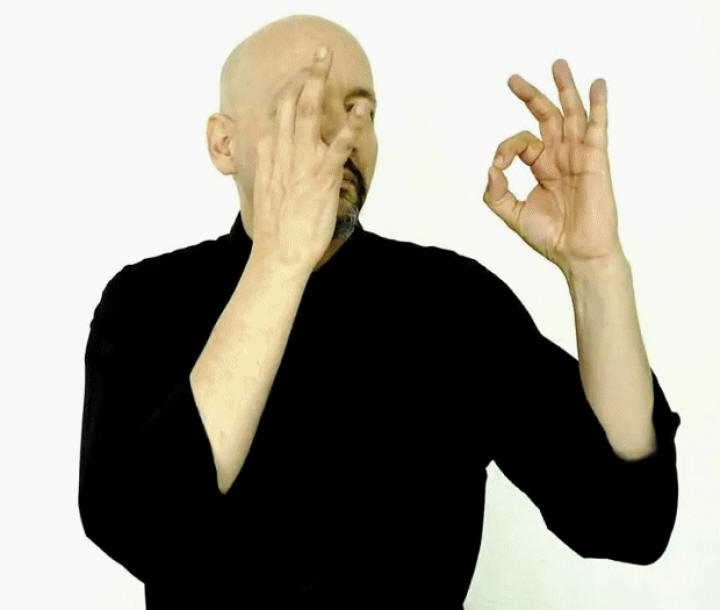
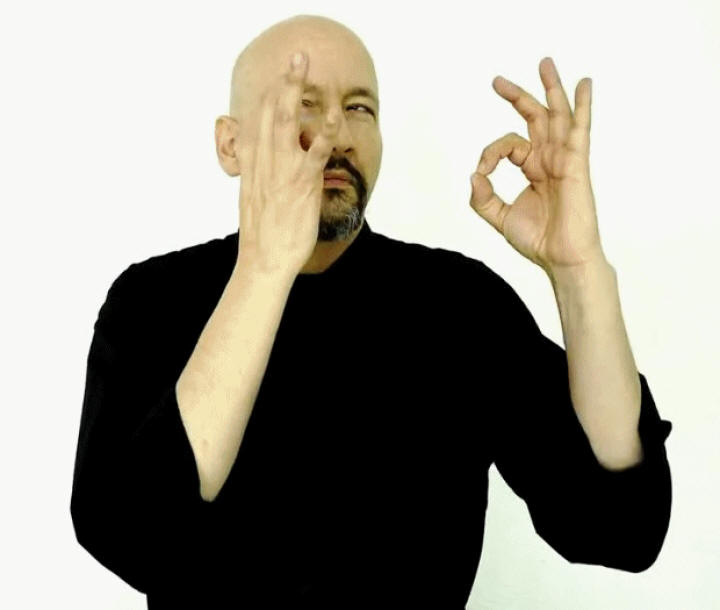
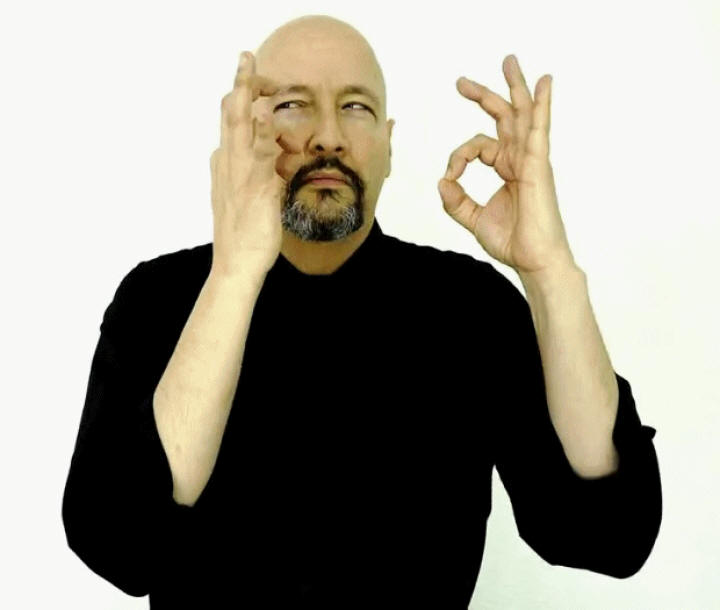
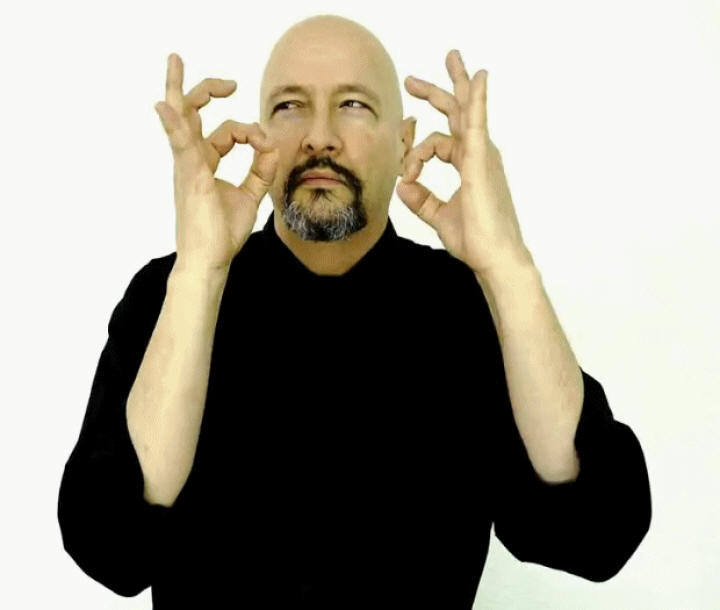
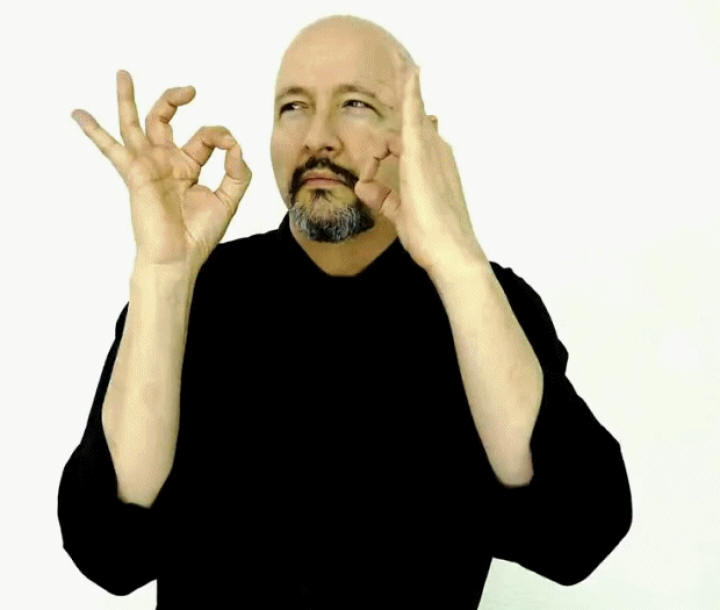

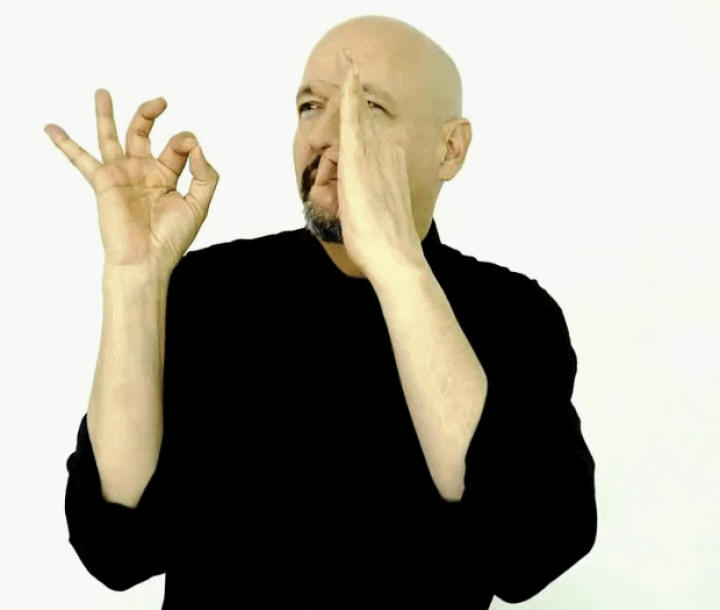
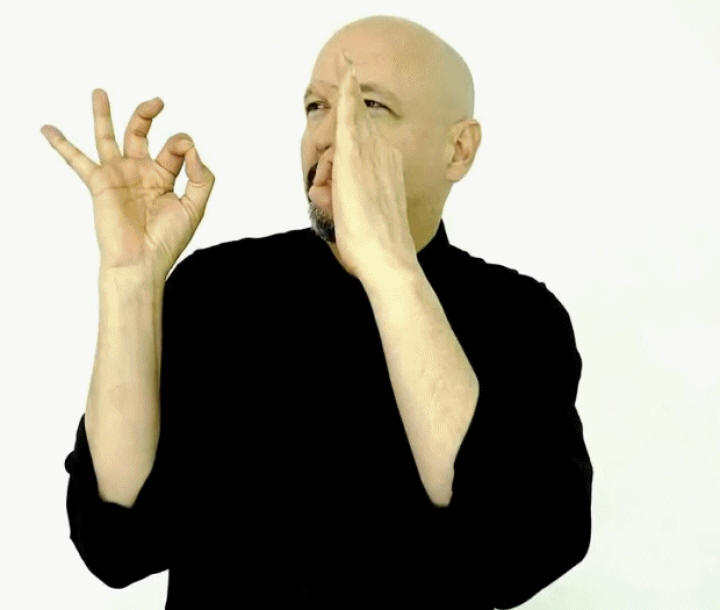
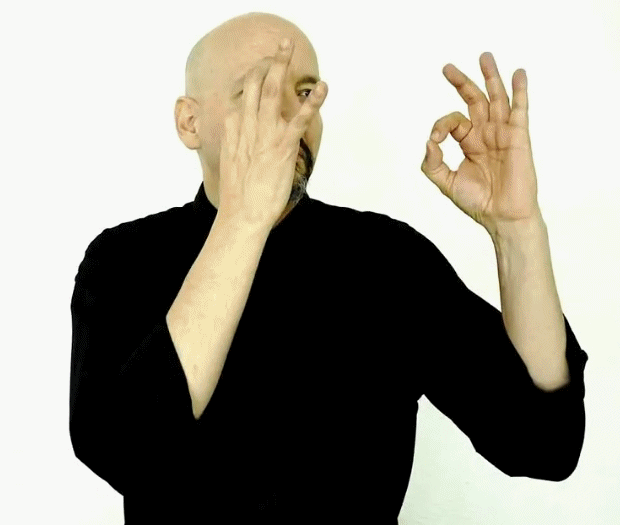
Notes:
Is the sign FOLLOW "directional?"
Question: Is "FOLLOW" a directional sign?
Response:
First let's define what it means to be a
directional sign.
A "directional" sign is one in which the
direction of the sign is morphemic.
That is fancy-speak for "A sign in which the
direction of the sign has meaning."
Next ask yourself if it is possible for a sign
that is typically not used in a directional manner to be occasionally inflected
in such a way as to use the direction of the sign to add meaning to the sign? If
so, the sign is directional in the sense that it "can" be used directionally
even though it is not commonly thought of as being directional.
I will suggest to you that you think of the sign
FOLLOW not as an individual sign but rather as a member of a related group of
signs: WITH, FOLLOW, BEHIND, AHEAD, CHASE, AVOID, FALL-BEHIND, CATCH-UP, and
COMMUTE.
By changing the direction, speed, movement path,
and/or location of the sign you change the meaning of the sign. Thus the sign is
both directional and locative. (Locative means that the location of the sign has
meaning.)
An example of directionally using the FOLLOW sign
would be for a concept such as: "Sam followed Skyler closely through the
obstacle course."
Taken to an extreme we get signs like:
"ASSOCIATE, interact, socialize" (which is a co-member of the group of signs of
which FOLLOW is a member). We just turn one of the hands upside down and then
circle the hands around each other so as to indicate that at a party or other
social function there is a lot of activity that looks a lot like people
following each other around in circles.
Also, for fun, consider the version of the sign SEPARATE that changes loose
curved hands into "A" hands as they separate from each other. An argument could
be made that you are using directionality to indicate that two things are doing
the opposite of following each other and instead "separating."
*
Want to help support ASL University? It's easy:
DONATE (Thanks!)
* Another way to help is to buy something from Dr. Bill's "Bookstore."
* Want even more ASL resources? Visit the "ASL Training Center!" (Subscription
Extension of ASLU)
* Also check out Dr. Bill's channel:
www.youtube.com/billvicars
You can learn American Sign Language (ASL) online at American Sign Language University ™
ASL resources by Lifeprint.com © Dr. William Vicars